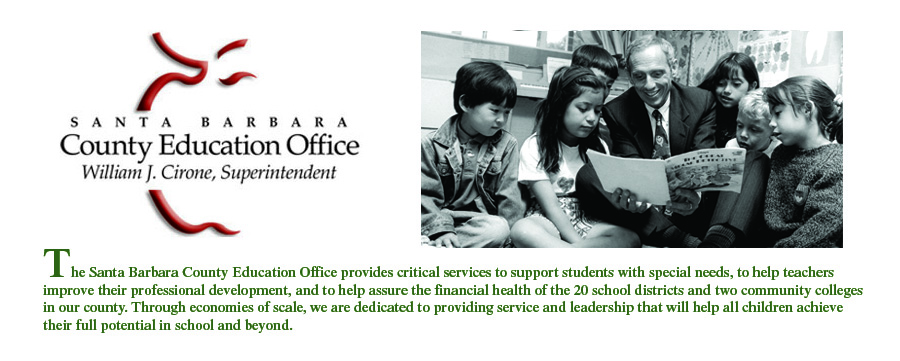Radio Commentary
Many people believe that children today lack good manners and too often display rude behavior.
That may be a bad “rap” for the younger generation as a whole. Clearly, there are examples at both extremes of the spectrum when it comes to displaying good manners for every age group.
The fact remains that good manners must be taught; they do not come naturally.
In fact, bad manners are usually natural, selfish impulses that children are sometimes allowed to demonstrate.
Curbing poor manners and developing good ones requires parents to place real limits on their children. A caring adult may need to have a tug of war with a child who has developed the habit of a me-first attitude.
It involves taking away ordinary privileges, and saying “no.” Sometimes that’s harder for the parent than for the child.
Remember that good manners are not just about rules. It’s also about showing children how to be gracious and respectful.
Simple words like “please,” “thank you,” “I’m sorry,” and “excuse me,” go a long way, as well.
Teaching manners may start out with a negative approach of restrictions and consequences. But the outcome should always be a form of civility, respect, and love.
